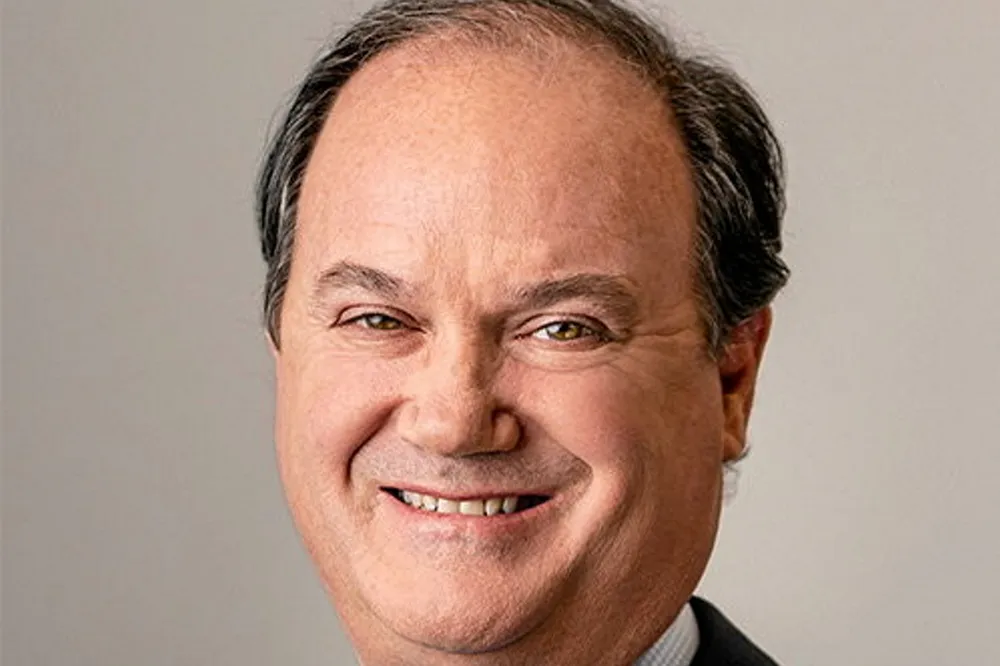US utility giant Xcel bucks solar trend with multi-gigawatt wind power plan
Decarbonisation effort by nation's second largest clean energy operator includes smaller solar and storage deployments as well as new gas and extended nuclear

Xcel Energy reached agreement with key stakeholders on new clean energy investments in its Upper Midwest service territory that include 3.2GW of onshore wind, a marked contrast to most US electric utilities that are turning to competing technologies.
The company, whose service territories include all or parts of the states of Colorado, Michigan, Minnesota, New Mexico, North Dakota, South Dakota, Texas, and Wisconsin, proposes to also add 600MW of battery storage capacity and 400MW of grid-scale solar through 2030, construct a new natural gas-fired plant, and extend the life of two commercial nuclear power reactors.
“We’re making great progress toward our vision for reliable, affordable, 100% carbon-free electricity, and we appreciate the support of our stakeholders on an agreement that allows us to keep building the clean energy economy of the future,” said Ryan Long, president of Xcel Energy—Minnesota, South Dakota and North Dakota.
Minneapolis-based Xcel, which ranks second among US utility holding companies with clean energy on their systems behind Warren Buffett’s Berkshire Hathaway, claims the agreement will help it reduce carbon emissions by more than 80% by the end of this decade from 2005 levels.
The company has closed or converted 24 coal units across the eight states it serves without layoffs. It anticipates retiring a few remaining coal plants by 2030, part of its earlier announced vision to generate 100% carbon-free electricity.
In recent years, most utilities have favoured solar and storage over onshore wind in response to faster cost declines, easier grid connectivity, and improved access to federal tax credits.
President Joe Biden enthusiastic support for offshore wind development and generous federal fiscal inducements in his signature 2022 climate law have also drawn interest and investments from utilities in coastal states.
The location of Xcel’s utilities in blustery states also allows projects to operate at higher capacity factors, enabling them to be more productive than most wind farms elsewhere. It mainly buys wind energy from third party independent power producers, but also owned 4.67GW of capacity at the start of this year.
The public will have an opportunity to provide comments through the Minnesota Public Utilities Commission process, and a final decision on Xcel’s Upper Midwest plan is expected in early 2025.
(Copyright)